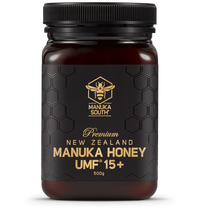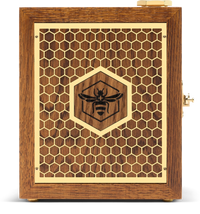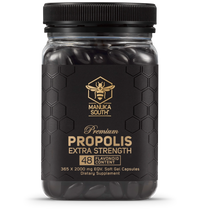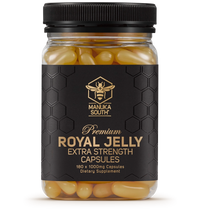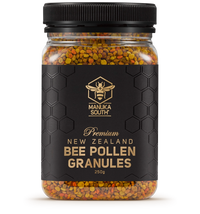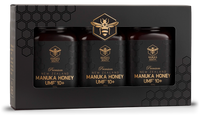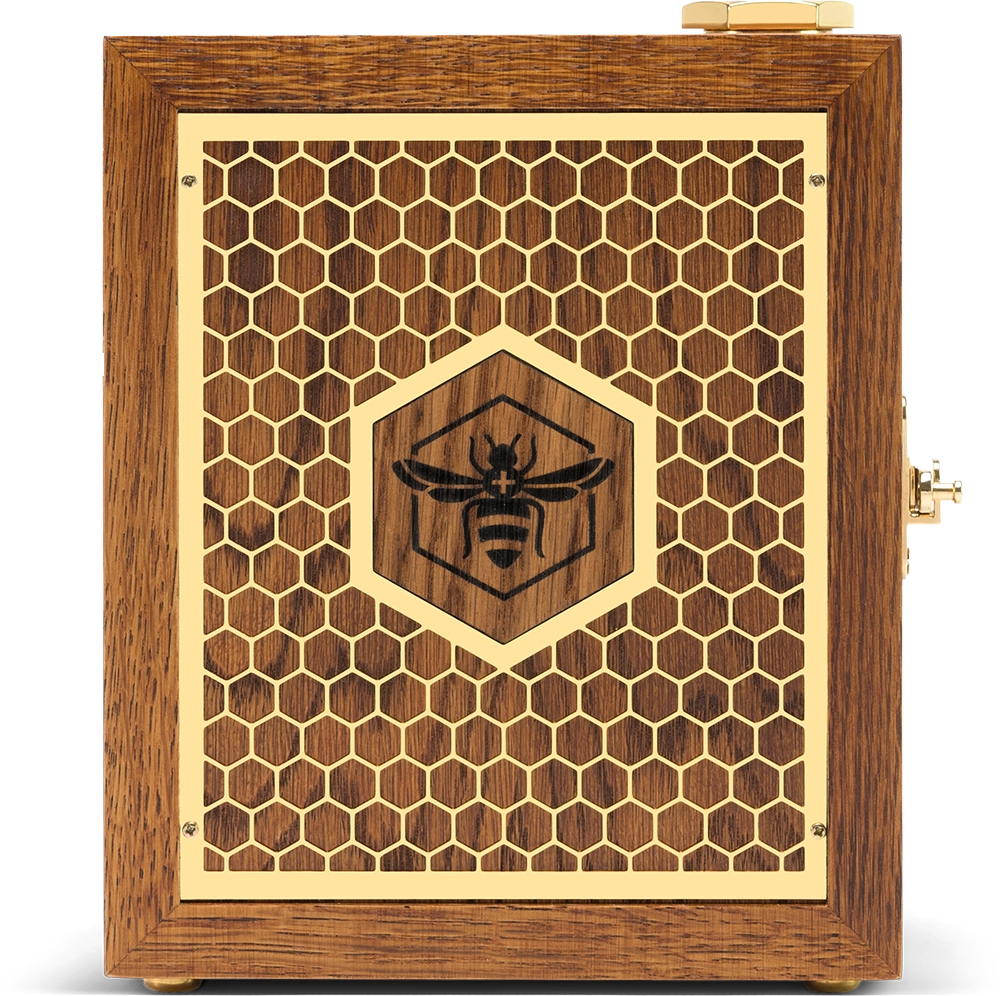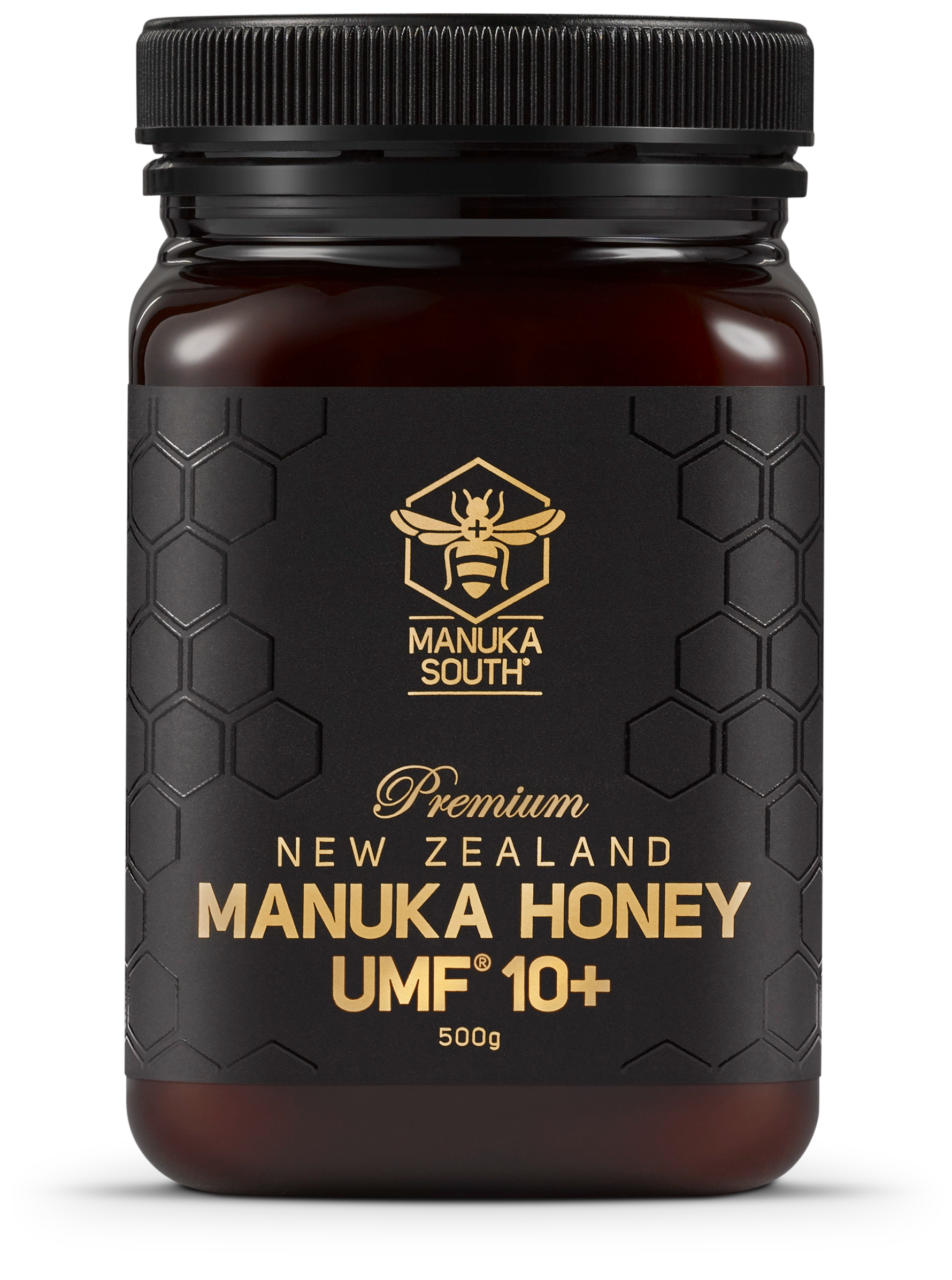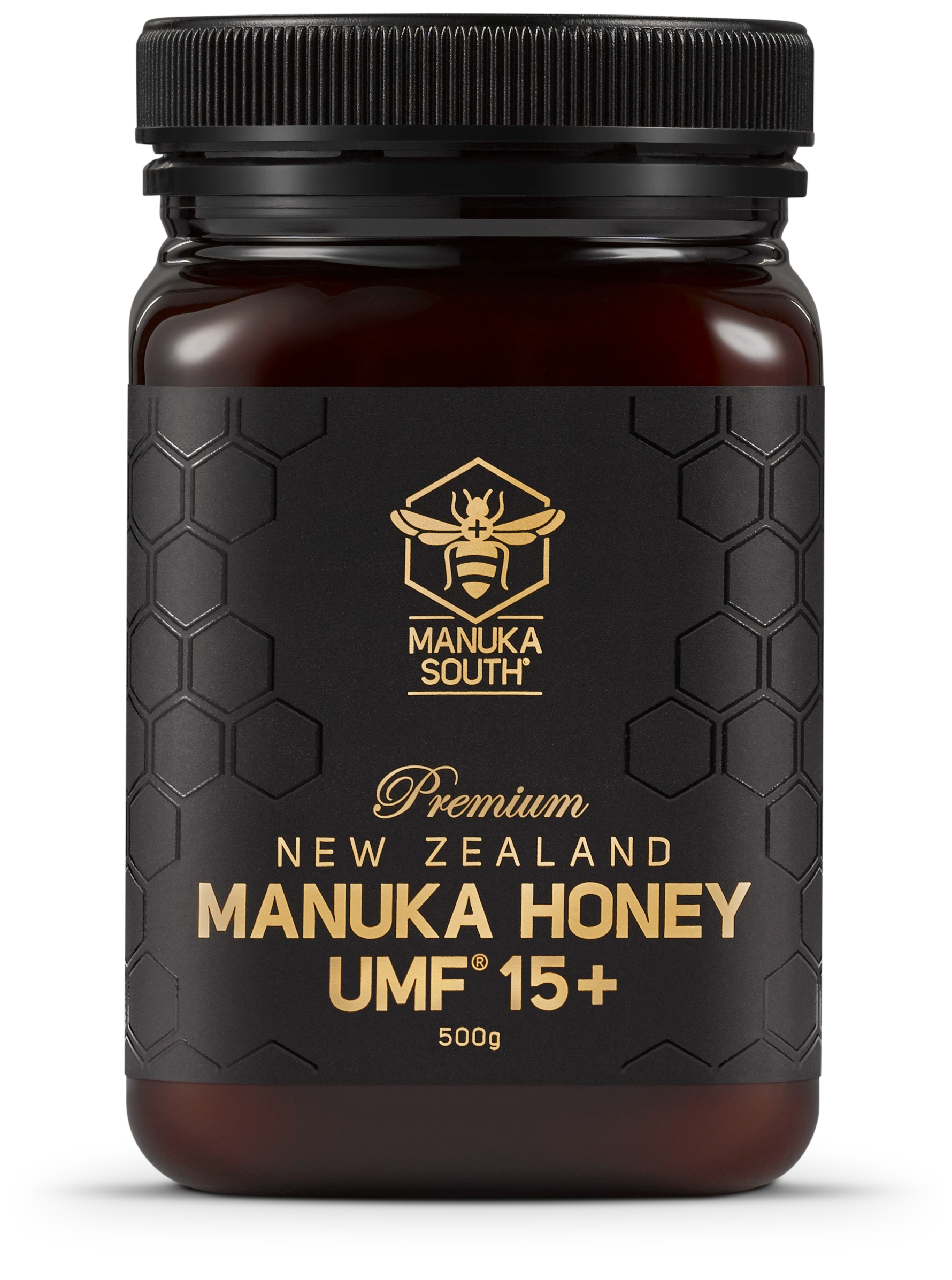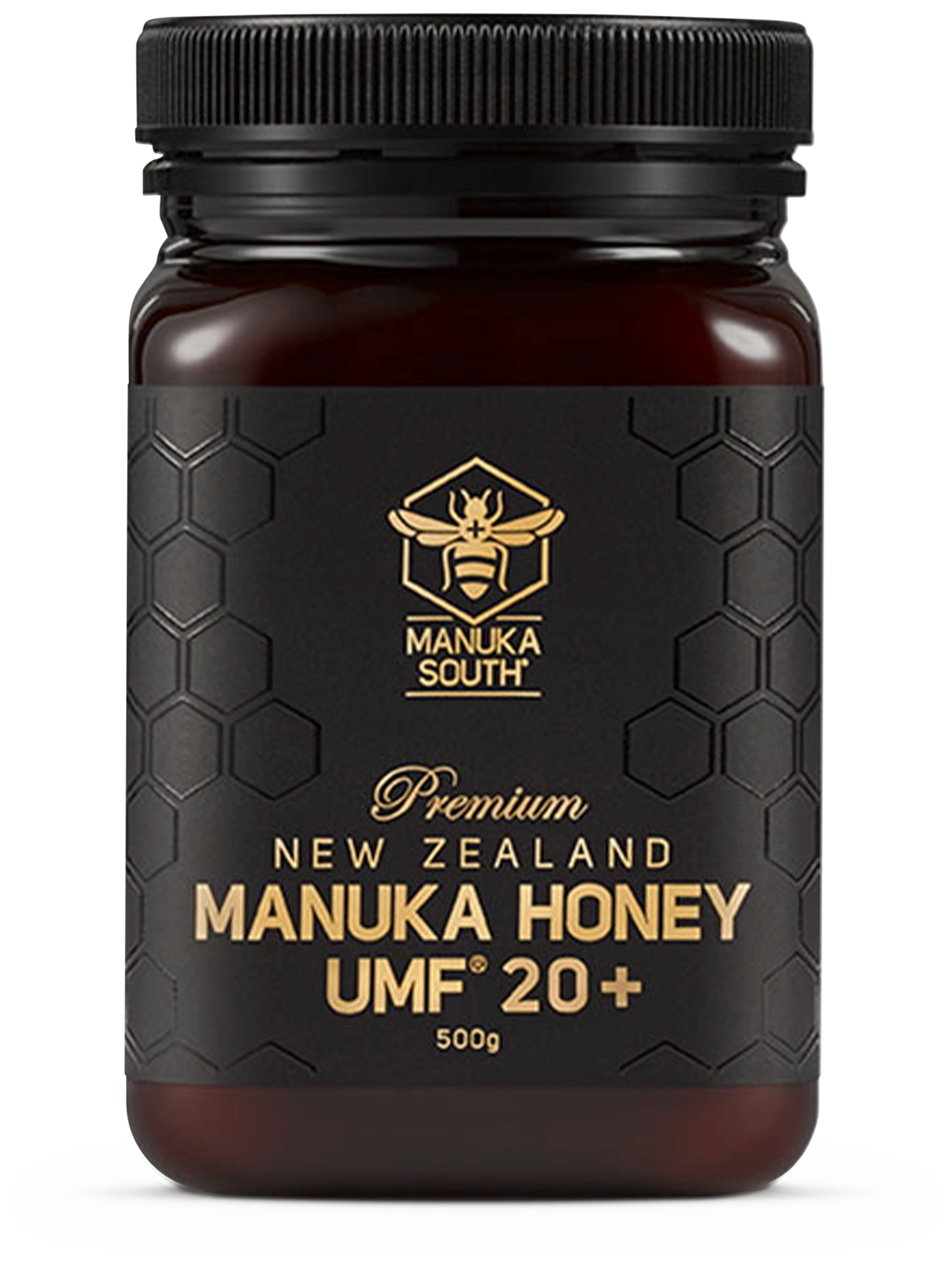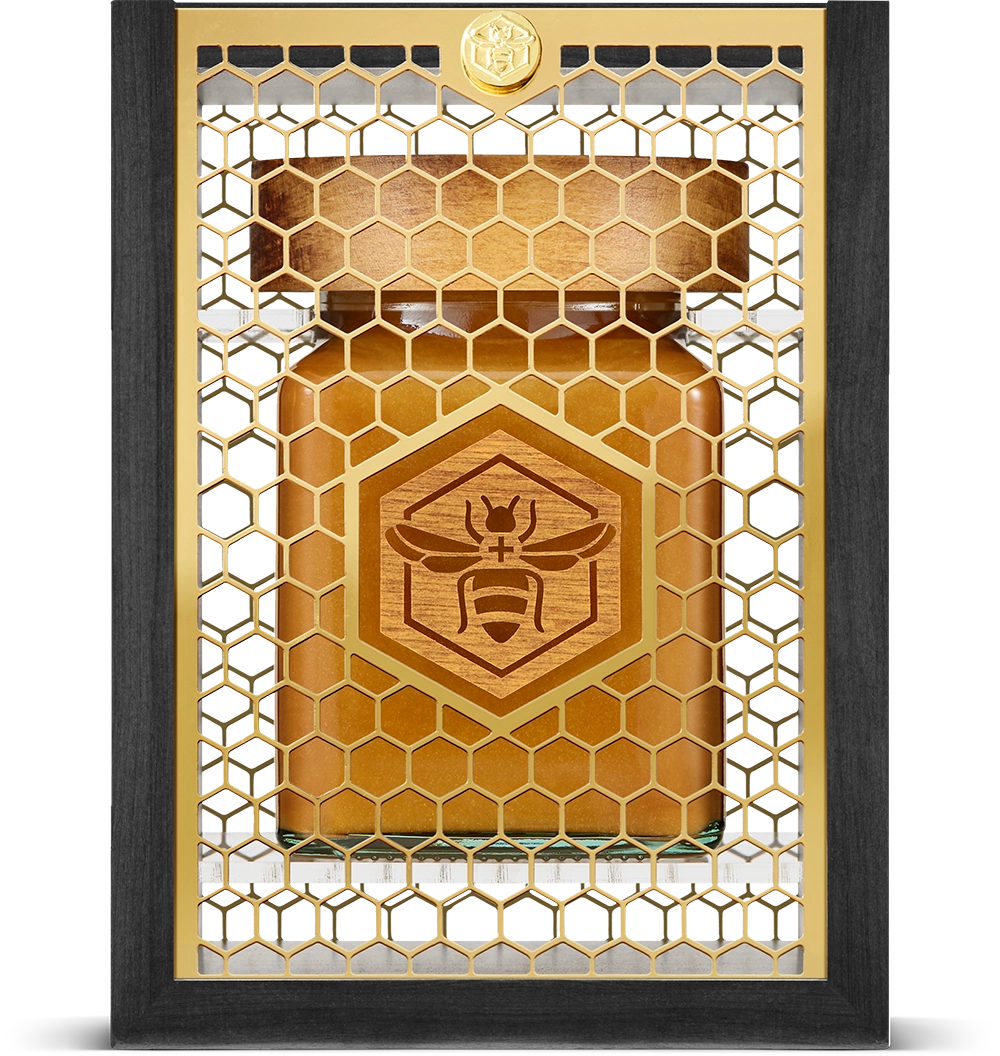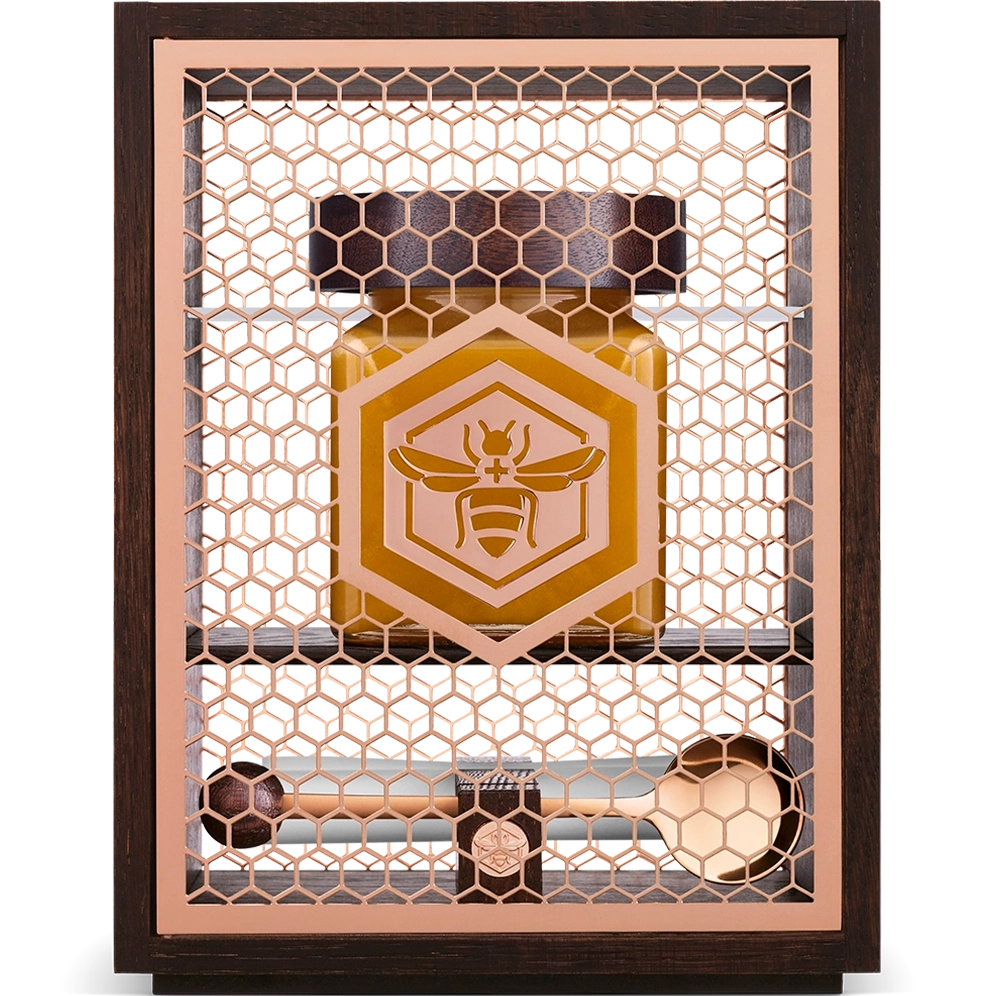

Our Process From the Hive to the Jar
It takes a skilful hand to create the world's finest honey. We put in the hard work, to make sure every product is just as nature intended.
01. Hives
In our relentless pursuit of the most exquisite monofloral honey, we meticulously position our beehives amidst the untouched expanses of New Zealand's remote mānuka forests. These pristine locations, nestled deep within the heart of nature, are often so secluded that access is only possible through the use of helicopters. This strategic placement ensures that our bees gather nectar from the purest floral sources, resulting in a honey of unparalleled quality and authenticity.
02. Bees
It all starts with the colony. Honeybees are social insects that live in colonies that consist of a single queen, hundreds of male drones and up to 80,000 female worker bees. The honeybee collects nectar from the Mānuka flower and stores the nectar in its honey sac to carry it back home. While the nectar is in the bee’s honey sack, it mixes with enzymes and proteins, which turns the nectar into honey. To thicken the honey, bees put it into the honeycomb and then evaporate the excess water in the honey, using a combination of warming the hive by their combined body heat, and air movement achieved by fanning their wings.
03. Extraction
After the frame is removed from the hive, it is brought to the production facility for the extraction process. Honey extraction is the process of removing honey from the honeycomb to its pure liquid form. The first step is to break the wax cap that covers each cell. When the cap has been broken it is placed into the honey extractor. We use centrifugal extraction for our honey, which means we spin the frames so that the honey flows out. Once extracted the honey is screened to remove any bits of wax.
04. Maturation
The raw honey is then poured into drums and our technical department take samples to be sent to independent International Accreditation New Zealand (IANZ) laboratories. We use multi-lab testing throughout the maturing of our honey to guarantee that reliable data is collected.
The unique cellaring of our premium range of honey enables the UMF properties of the Mānuka honey to thoroughly develop and mature and is why Manuka South consistently produce the highest standard honey available.Our premium Mānuka honey is carefully matured in temperature-controlled facilities after harvest, ensuring the highest MGO/UMF results are achieved before we individually pack our honey into our sustainable jars. This slow, gradual, careful aging respects the qualities of the raw honey and ensures that the natural enzymes are perfectly preserved, just the way nature intended.
05. Creaming
When the raw Mānuka honey has reached the ultimate maturing level, it gets poured into the creaming tank and is creamed for around three days. The intricacy of texture and flavour is achieved by our master honey craftsman that uses the traditional New Zealand methods of creaming and caring for our honey. All Manuka South honey is blended in small batches to allow for our extensive quality control.
06. Testing
Every single batch undergoes a meticulous process where samples are diligently collected and dispatched to an accredited laboratory. Here, under stringent scrutiny, these samples are subjected to rigorous testing procedures to obtain a UMF certification. This meticulous certification process is a testament to our unwavering commitment to ensuring the highest standards of quality and authenticity in every jar of our exquisite monofloral honey.
Every batch can be checked on our Batch Authenticity page to confirm its UMF certificate.
Read More:
07. Packing
All our packaging has been created using the most-stringent sustainability practices. For our Limited Reserve honey, we use recycled glass that it is 100% recyclable, and can be reused endlessly. Our rPET plastic jars are made from recycled PET with HDPE recyclable lids. These jars are BPA and Phthalates free and fully recyclable once the label is removed. rPET is a very energy-efficient packing material. We are committed to using packaging which has been sourced from suppliers who only use sustainable practices for their forest management.
08. Delivery
We manage all our own storage and dispatch from our multiple Manuka South warehouses in Christchurch, New Zealand. All our international web orders are dispatched and fully tracked using DHL Express as our International Shipping Partner. We work with a range of logistics partners for our international exports to ensure that our products arrive in your selected country in perfect condition.


